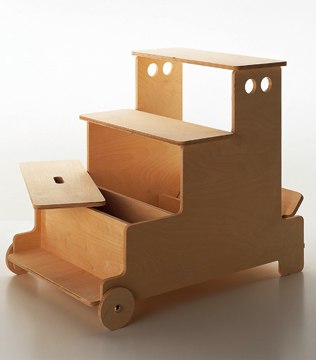
Nothing's as fun for a kid's imagination as a cardboard box. Only problem is, no one's getting rich and/or famous just selling a cardboard box. [Unless you're The Container Store on a Sunday afternoon; holy crap, people, eight kinds of giftwrap storage boxes--not including the portable giftwrapping workstation??]
The concept behind Biscuit furniture was to create longlasting kids furniture with the mulitfunctional, imagination-spurring, creative playability of a cardboard box. British designers Simon Maidment and Michael Marriott rallied eight of their best designer friends--who the NYT described in 2000 as "a virtual roundup of the avant-garde names of five years ago" [ouch]--to each create a piece of transformative play furniture. Each design is made of natural-finish birch ply with a touch of the paint here and there.
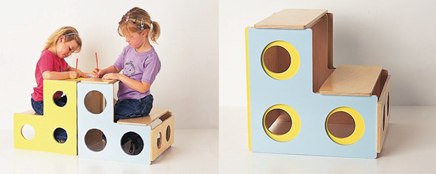
Marriott's contribution, Nice [top], is a draggable, bench/stair/desk with little wheels and an open back. Jammy Dodger [above], by Matthew Hilton, is a pair of perforated, L-shaped, step/desks that nest together to save space. It's also got the coolest name.
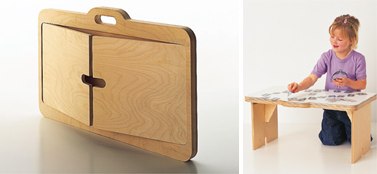
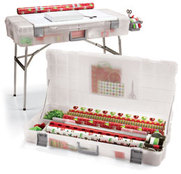
The Oreo--oh right, biscuit is British for cookie [Cookie!?]--drawing/activity table by Shin and Tomoko Azumi is sweet, but it looks suspiciously like the Portable Giftwrapping Workstation. You have been warned.
Oreka launched in 2000, and the latest media reference to their gear is from 2003, so it's entirely possible that no one made any money selling cardboard box-inspired furniture for 200 quid, either. But the designs and materials are simple enough that they may still be produced to order. Or if someone had a table saw and a power sander in her garage, and an aversion to paying retail...
Biscuit by Oreka Kids, mostly 117-176 pounds "as of October 2000" [orekakids.com via michaelmarriott.com]

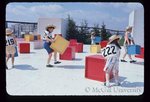
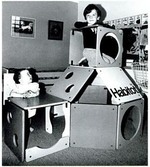
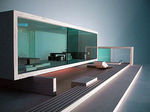

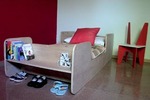
[lol, Azuki is sweet too; it's red bean paste. must stop thinking when I type, thanks. -ed.]